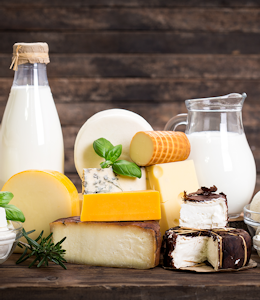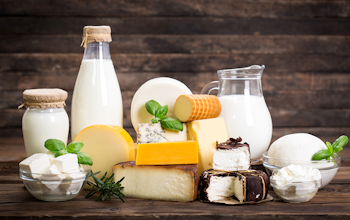Ice Cream vs. Gelato vs. Sorbet
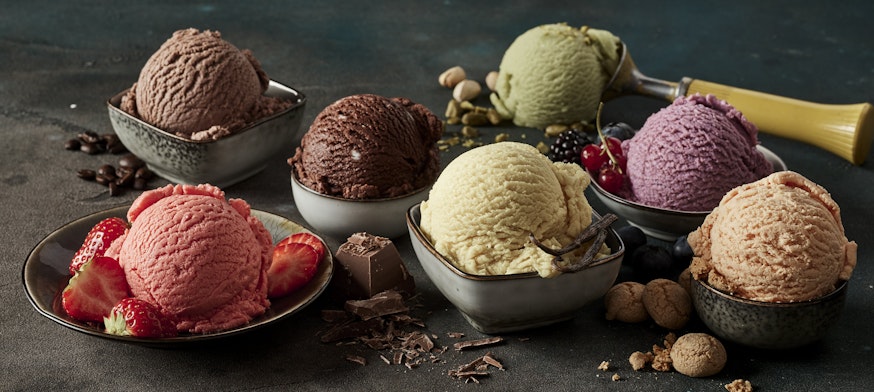
Summer and ice cream have gone hand in hand since around 500 BC, when the Persians ate flavoured ices in the hot weather. Here in Great Britain we’ve been obsessed with the stuff since the mid 1800s, when a Swiss immigrant called Carlo Gatti set up our first ice cream stand outside London’s Charing Cross station.
Yes, we Brits love ice cream even when it's raining and to prove it, July is officially #IceCreamMonth.
But while we love ice cream as much as ever, the abundance of choice can be overwhelming. These days, ordering one is so much more difficult than debating whether or not to get a flake in your Mr Whippy – for starters, which of the following do you go for...
- Ice cream
- Gelato
- Sorbet
And what about vegan options? Dairy-free? Soy-based or nut-based dairy-free? So many decisions.
To help you work out which frozen dessert is the right one for you, we’ve done a deep dive into each of your options…

Ice cream
What is it? A smooth, semi-solid dessert made from dairy milk, cream and sugar, and sometimes egg yolk and other ingredients like vanilla and cocoa. Ice cream can be a dish on its own, or used to make milkshakes, sundaes, ice cream floats and cakes.
Why is it great? It’s ice cream! It’s a real comfort food – cold and smooth and creamy and works on its own or as an accompaniment to puddings or fruit. It’s versatile and comes in so many flavours it’s impossible to get bored.
Is it healthy? In moderation, sure. Milk and cream are rich sources of calcium, vitamins D and A, riboflavin and phosphorus (which gives your body tissue oxygen – that’s a good thing). Ice cream is also a form of fermented dairy, which is great for your gut, protecting your body from gastrointestinal infections. And varieties flavoured with dark chocolate or vanilla get extra kudos, as they are full of antioxidants.
Any downsides? Well presumably it won’t come as a shock to find out that ice cream is high in calories and fat. if consumed in large quantities, that’s bad news for your organs and your waistline.
Does it contain any of the 14 major allergens Genuine ice cream will always contain Milk, and sometimes Eggs too. Depending on the flavour it may also contain Cereals containing Gluten, Peanuts, Tree Nuts and Lupins.
Is it suitable for vegans? No, by definition it is not at all suitable for vegans.
Choose it if… you’re looking for a creamy accompaniment to another dessert, or if you’re just looking to indulge yourself with a treat.

Gelato
What is it? Gelato is Italian in origin, and similar to ice cream – in fact many people mistake them for the same thing. However, while gelato uses the same base ingredients as ice cream – milk, cream, eggs, sugar (though it has more milk than ice cream and less cream and often no egg at all), it is churned at a much slower rate. This gives it a silkier, denser texture.
Why is it great? Gelato is more likely to be artisanally produced (as opposed to mass produced) than ice cream, especially in Italy, and this often results in a higher quality product. Flavours come through more intensely in gelato – a chocolate gelato will taste more chocolatey than chocolate ice cream. And economically speaking, because gelato is heavier than ice cream you get more of it per bite for your money.
Is it healthy? In moderation. Because it uses more milk but less cream than ice cream, gelato contains less fat, and around 25% less calories. However, neither one is what you’d consider a low-calorie food.
Any downsides? Gelato melts more quickly than ice cream, which is worth taking into consideration if you like to take your time over your food. Flavours in gelato don’t linger on your tongue as long as they might with other desserts – some people enjoy this cleaner taste while others find it a little disappointing.
Does it contain any of the 14 major allergens? Yes, Milk always. Eggs sometimes. And depending on the flavour Peanuts, Tree Nuts, Lupins, and Cereals containing Gluten may also be present.
Is it suitable for vegans? No. Gelato contains large quantities of milk and cream, and sometimes egg.
Choose it if… you want the gourmet frozen dessert experience.
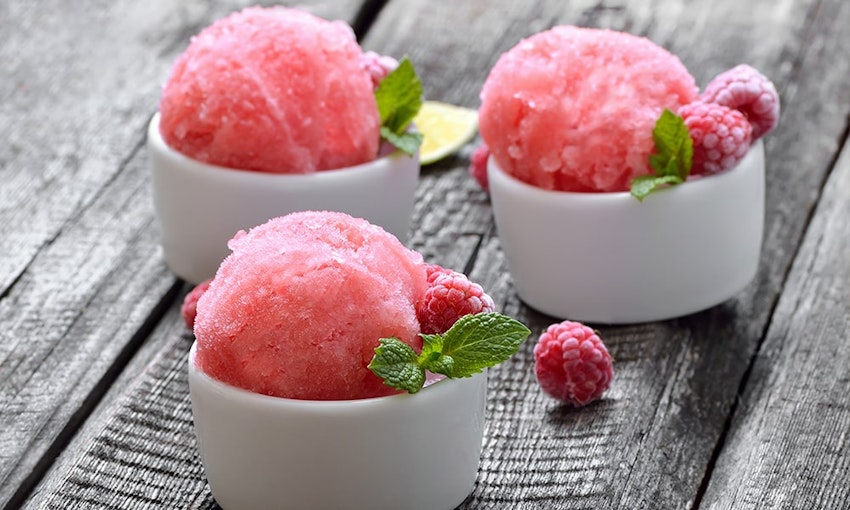
Sorbet
What is it? Sorbet, sorbetto in Italian, is a frozen dessert made from sugar-sweetened water flavoured with fruit juice, fruit purée or sometimes even fruit liqueur.
Why is it great? Sorbet is juicy and refreshing, but because it doesn’t have air whipped into it it’s flavour and consistency are deliciously dense and intense. It’s also often used as a palette cleanser between courses of a meal because it’s excellent at reviving those taste buds.
Is it healthy? Relatively. Sorbet has less calories than ice cream and other frozen desserts, and no fat. It’s fruit content also makes it rich in vitamin C.
Any downsides? That fruit content also means it contains a fair bit of sugar, and if we’re comparing it with ice cream and gelato, it has less calcium, vitamin A and iron.
Does it contain any of the 14 major allergens? No, none of the 14 major allergens, but those with fruit allergies and intolerances may want to steer clear.
Is it suitable for vegans? Yes. Dairy and animal products are not things you should ever find in a sorbet.
Choose it if… You’re looking for something refreshing on a hot summer’s day or hosting a really fancy dinner party.

Non-dairy ice cream and gelato
What is it? Technically there is no such thing as non-dairy or vegan ice cream, as most naming laws state that ice cream is a frozen, pasteurised product with at least 10% milk fat. But what we refer to as non-dairy ice cream is usually a soy, cashew, coconut or almond milk base sweetened with sugar or sugar alternatives.
Somewhat confusingly, dairy-free gelato is also known as sorbetto, which simply means sorbet in Italian.
Why is it great? Almond, cashew and other nut milks contain monounsaturated fat, which is good for your heart. And it’s getting closer in taste to the real thing – companies are getting better at imitating the taste and texture of ice cream. Ben & Jerry’s uses almond milk, coconut oil and pea protein to take the place of the fat and protein found in milk.
Any downsides? Some people find vegan ingredients such as imitation chocolate a little chalky, and several of the dairy alternative ingredients used have an adverse effect on those with IBS and digestive problems – guar gum, which can sometimes act as a laxative, and inulin, which can cause gas and bloating.
Is it healthy? Not really any more so than regular ice cream. Non-dairy ice creams do usually contain fewer calories than milk-based ice creams, but only by a small amount.
Does it contain any of the 14 major allergens? It doesn’t contain Milk or Eggs, but depending on the variety you go for non-dairy ice cream can contain Soya, Peanuts, Tree Nuts, Cereals containing Gluten and Lupins.
Is it suitable for vegans? Yes, it’s Suitable for Vegans so long it’s clearly labelled dairy-free and not merely lactose-free. Lactose-free products may still contain milk – just with the lactose enzyme broken down.
Choose it if… you’re a vegan or have any kind of dairy allergy.
The best of the rest
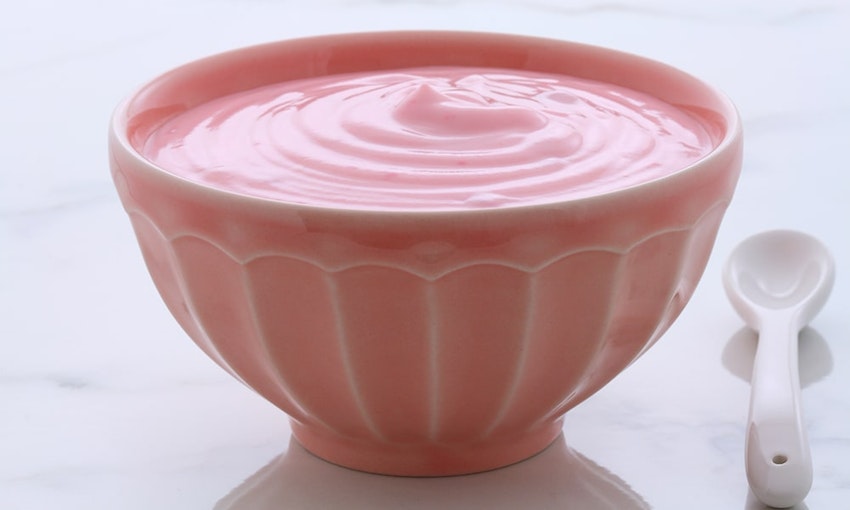
Frozen custard
This is also sometimes called French-style ice cream – though we’re not sure how the French feel about that… it’s basically frozen cooked custard with eggs incorporated into the mixture. This means that it’s very rich in flavour, but also in calories, and it’s on the pricier end of the scale too.
Choose it if… you’re going for full on decadence.
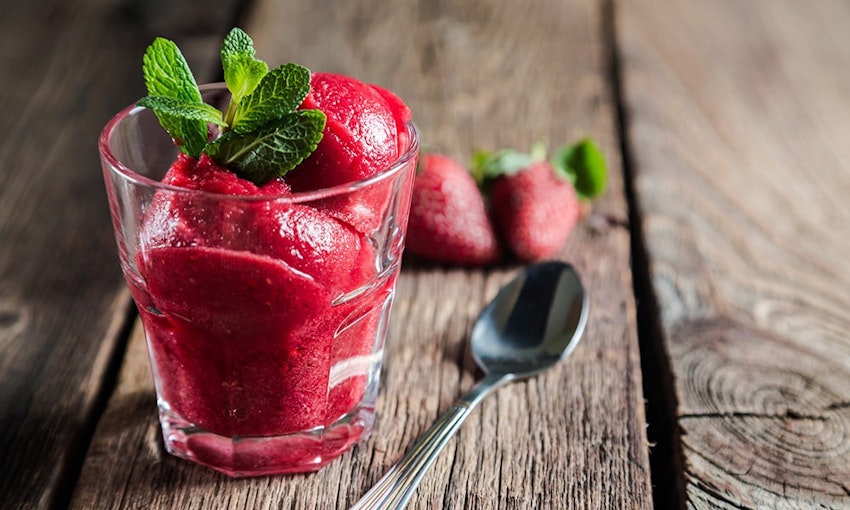
Sherbet
No, not the powdery stuff you find in a Dib Dab, but a pastel coloured halfway point between sorbet and ice cream. Sherbet is made from fruit, water and dairy (either milk or buttermilk) and by (US) law, must contain less than 2% fat.
Choose it if… you’re in the mood for a yoghurt-like snack with a twist.
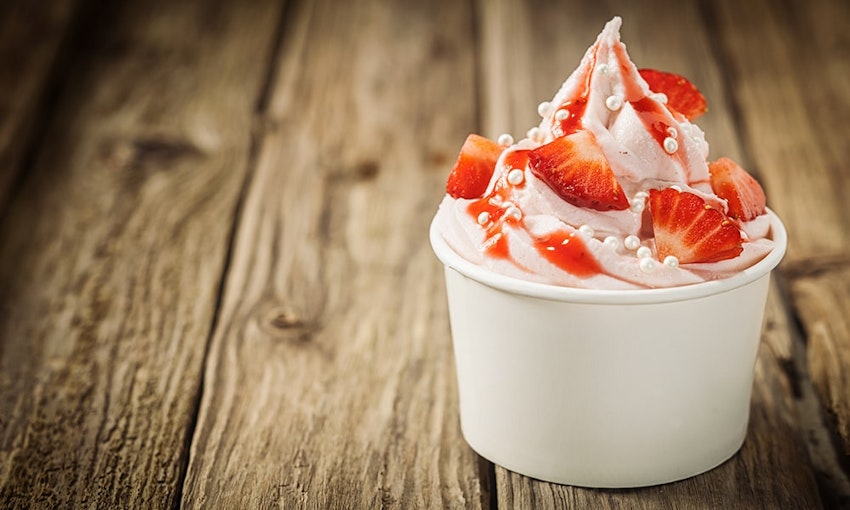
Frozen yoghurt
Fro-yo has long been pitched as the healthier alternative to ice cream, but while yoghurt is certainly lower in calories and sugar, when you freeze it the healthy bacteria it contains are wiped out and any probiotic benefits with it.
Choose it if… You’re sticking to a calorie-controlled diet.
